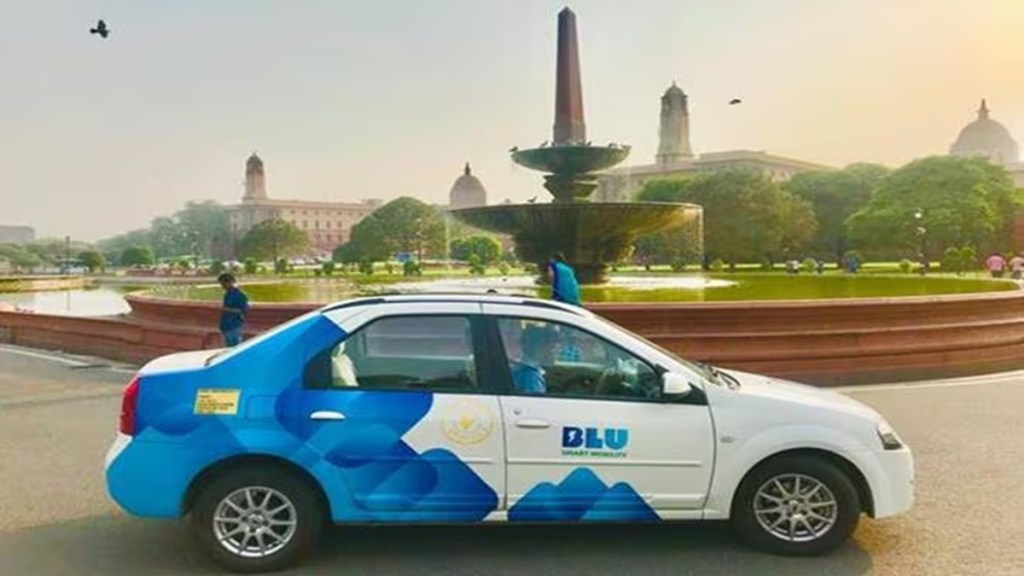Recruitment in India is undergoing a quiet revolution. What was once a linear process, marked by resumé scans and reactive outreach, has evolved into a dynamic, data-driven, and deeply contextual exercise. In today’s talent landscape, discovery isn’t just about finding who’s available; it’s about understanding who’s relevant, when they’re ready, and how to engage them meaningfully.
Nowhere is this shift more visible than in the rise of the largest professional network, LinkedIn. What began as a platform for professional connection is steadily transforming into a foundational layer for how organisations identify, assess, and engage with talent. The platform’s reach in India is staggering. It houses more than 14.5 crore members, making it the largest professional network in the country.
In this article, we look at how LinkedIn’s professional networking ecosystem is reshaping recruitment strategies in India and how organisations can leverage its capabilities to stay ahead in the battle for talent.
From abundance to accuracy: The case for real-time, reliable talent data
One of the most significant pain points in hiring is filtering noise from value. Recruiters often face an overwhelming volume of applications, several of which only partially align with role requirements. Time and resources are spent scanning through profiles that lack relevance. What exacerbates the challenge is the inconsistency of information across traditional resumes: outdated details, keyword-heavy descriptions, and limited context around actual performance.
What’s emerging in its place via LinkedIn is a model driven by verified, current, and multidimensional data profiles that not only reflect skills and credentials but also patterns of engagement, endorsements, and career progression. These richer signals help shift hiring from guesswork to informed decision-making, reducing inefficiencies and elevating confidence in hiring outcomes.
Each profile on this platform is a verified identity that includes:
- Skill sets backed by endorsements
- Mutual connections and affiliations
- Career histories and progressions
- Educational and certification data
- Engagement patterns that reflect professional interests
Discovery over search: Moving beyond transactional talent acquisition
Legacy sourcing methods, built for static needs, struggle to keep pace with today’s fast-evolving talent demands. The fragmentation of systems, the fatigue of outreach, and the pressure to move quickly all contribute to a hiring ecosystem in flux.
What’s needed is not simply another sourcing tool, but a strategic infrastructure, one that allows recruiters to tap into segmented, context-rich candidate pools and engage them with precision. Talent discovery is becoming less about keyword matches and more about identifying patterns that suggest potential, adaptability, and alignment.
Crucially, discovery is now inseparable from engagement. Search tools are giving way to intelligence engines, ones that facilitate outreach rooted in relevance, backed by behavioural insights, and managed collaboratively across hiring teams.
The need of the hour is a platform that can convert a massive network into a searchable, strategically advanced talent universe. With LinkedIn Recruiter, recruiters can filter beyond keywords to find nuanced and apt candidates—those with specific skill sets, experience patterns, and industry contexts that reflect openness to change and diverse environments.
The tool’s true edge lies not merely in finding people, but in engaging them. With around 40+ advanced filters, talent pool insights, and collaborative pipeline management, LinkedIn Recruiter enables hiring teams to operate with agility and precision, even across large and complex mandates.
“About 14% of our hiring comes through LinkedIn. We hire in large volumes—around 40,000 to 45,000 hires a year, give or take. That’s a significant statistic when you consider not just the addressable pool, but also the talent that wouldn’t typically come to us through traditional job boards. LinkedIn allows me to tap into a much broader talent pool—reaching individuals who may not even be aware of the positions or aren’t actively looking. This has contributed to about 14% of our global hiring so far this year through LinkedIn.” – Ritu Bhatia, Global Hiring Lead, Genpact
This underscores how organisations like Genpact are using LinkedIn not just as a sourcing tool but as a strategic hiring engine—unlocking volumes of passive talent that would otherwise remain invisible to traditional systems.
The untapped potential of passive talent
The talent market in India is characterised by agility, which is paramount, indicating how hiring success is no longer defined solely by access to active candidates. A vast number of hires come from a different segment altogether—passive candidates.
However, scouting and engaging this segment remains one of the most complex challenges for hiring teams. Passive candidates are not browsing job boards—they are weighing opportunities against relevance and stability. Without context, recruiters often struggle to identify which candidates are open to change, let alone engage them.
LinkedIn provides access to a uniquely visible and engaged passive talent pool—one that remains inaccessible to traditional hiring channels.
- Enabling proactive hiring: Traditional hiring often starts after a vacancy opens. LinkedIn flips this model by enabling recruiters to engage talent before the need becomes urgent. Through targeted searches, behavioural insights, and industry-specific filters, the platform helps build high-quality talent pipelines that are future-ready.
- Relationship-first engagement: Passive candidates respond to conversations that reflect long-term value, respect, and personalisation. LinkedIn’s ecosystem supports this kind of engagement through mutual connections and talent insights.
- A long-term talent advantage: Engaging passive candidates today often translates to hiring success tomorrow. Even if outreach does not initiate an immediate conversion, it lays the groundwork for successful hiring in the future.
AI-driven hiring: Faster, smarter, and more human
As hiring cycles undergo pressure to stay agile and foster accuracy, hiring teams are expected to do more with less—less time and fewer resources. The challenge lies in ensuring that data, not guesswork, backs these actions and decisions. Traditional methods are often incapable of providing real-time insights or scaling effectively across geographies and functions, making it more complex for hiring teams to meet evolving business needs with speed and precision.
This is where the power of Artificial Intelligence steps in to directly impact recruitment workflows. Leveraging AI to analyse millions of data points—from candidate behaviour to market trends—helps find the most suitable matches for a role.
The potential of AI extends beyond sourcing. According to a recent report by LinkedIn titled ‘The Future of Recruitment 2025’, 73% of Talent Acquisition (TA) Professionals believe AI will change the way organisations hire, and 61% believe it will improve how they measure quality of hire.
Looking ahead, recruiters expect AI to deliver both strategic and operational benefits. The top anticipated outcomes include:
- Boosted job effectiveness, enabling recruiters to function more with less
- Expanded access to diverse and previously overlooked talent pools
- Improved hiring efficiency
- Enhanced candidate experience, driven by personalised and timely interactions
- Improved quality of hires
Skills-first hiring: Redefining how talent is evaluated
As roles outpace job titles, skills have emerged as the actual currency of employability. This paradigm unlocks access to a more diverse and broader talent pool. Yet, Skills often go unrecognised in legacy hiring systems that prioritise degrees, designations, or brand-name employers. This leaves a large segment of skilled professionals—those who’ve gained expertise through certifications or self-driven learning overlooked and undervalued.
That’s where a skills-first approach starts shifting the narrative. By focusing on what candidates can do rather than where they have been, hiring becomes more adaptive, inclusive, and future-fit.
With LinkedIn Learning, professionals can showcase in-demand skills, enabling recruiters to assess candidates based on what they can do–and not solely where they have been previously.
A skills-first mindset introduces a more inclusive and future-proof lens to hiring. Candidates who possess expertise through non-traditional routes—certifications, project-based learning, self-directed upskilling—are now discoverable.
Currently, the most in-demand skills in the talent market span across:
- Technology: Digital proficiency remains a core differentiator across roles and industries.
- AI-readiness: Skills in data literacy and agility for embracing AI are fast becoming essential across functions.
- Leadership: Strategic thinking, team building, and adaptability are emerging as the most valued leadership traits.
- Certification: Industry-recognised credentials reflect job readiness and help surface qualified talent beyond professional profiles.
Looking ahead: From recruitment to workforce readiness
In India’s complex and competitive talent ecosystem, recruitment is no longer a standalone function: it’s a strategic imperative. Platforms and tools may power the process, but the mindset with which organisations engage talent is what will set them apart.
The future of hiring will belong to those who move early, invest in intelligence, and rethink recruitment not as a funnel, but as a long-term relationship. Whether it’s tapping into passive talent, embedding AI into decision-making, or reorienting hiring around skills, the emphasis must be on readiness for today, and for what’s next.
The question is no longer whether recruitment can evolve. It’s whether organisations are willing to evolve with it.




















